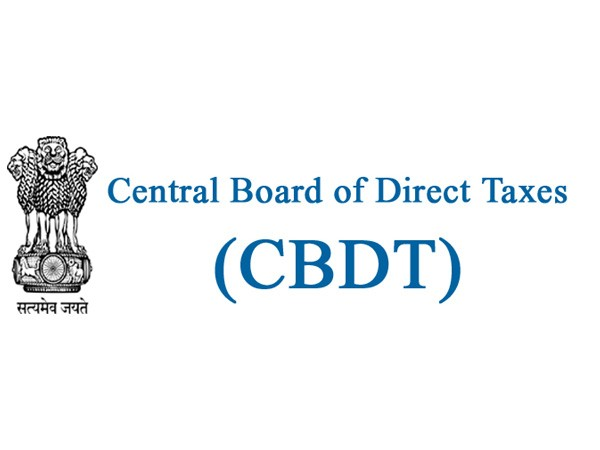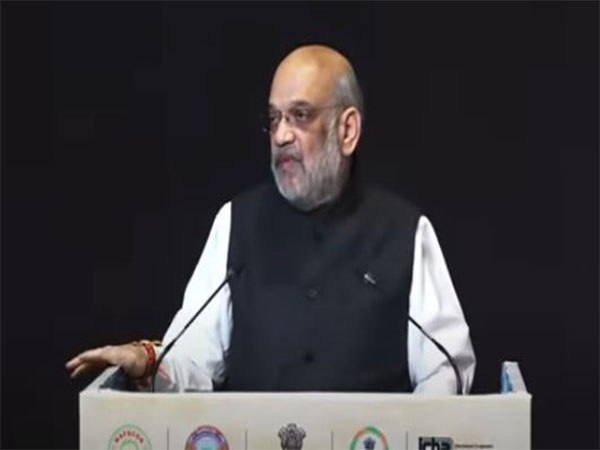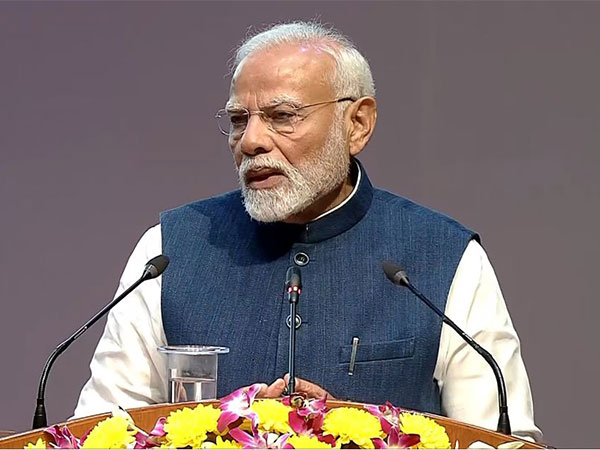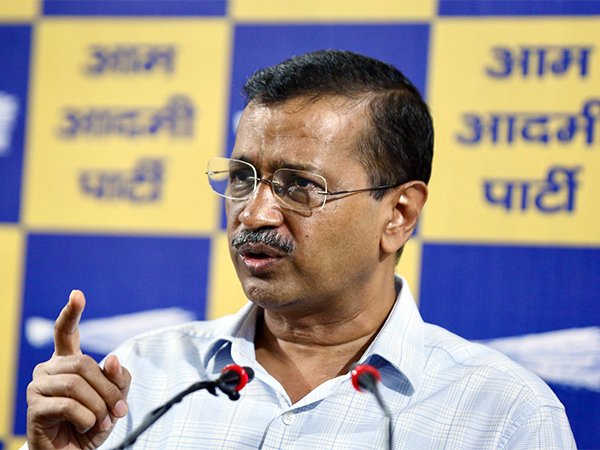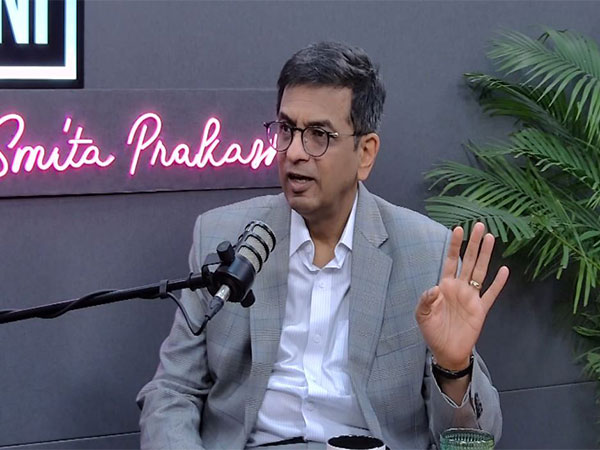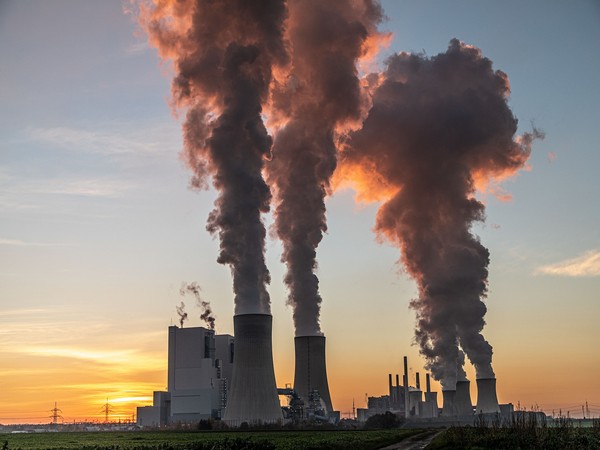
New Delhi [India], May 2 (ANI): India is an attractive hub for chemical companies. Chemical industry is one of the most significant contributors to the growth and development of any economy. In sync with that Piyush Goyal, Minister of Commerce & Industry in a recent tweet, called it, “India’s Bonding with the World”. This was about India’s organic and inorganic chemicals augmenting export growth by 106 per cent. It was in tune with PM Narendra Modi’s Atmanirbhar Bharat Abhiyan.
In fact, the growth of the Indian chemical industry is expected to double to reach USD 304 billion by 2025, clocking an annual growth rate of 15-20 per cent. An investment of Rs 8 lakh crore is anticipated in the sector by 2025. In July 2021, production volumes of key chemicals stood at 909,310 MT and petrochemicals at 1,867,351 MT.
The specialty chemicals sector is expected to reach USD 40 billion by 2025. India’s share in the global specialty chemicals market increased to 4 per cent from 3 per cent between FY15 and FY21. This is news with massive multiplier effects. Chemical industry is one of the most significant contributors to the growth and development of any economy. So much so, that the industrial development of any country is measured on the basis of consumption of sulphuric acid, as the chemical industry acts as a backbone in the development process of the nation.
Basic chemicals and their related products (petrochemicals, fertilisers, paints, varnishes, glass, perfumes, toiletries, pharmaceuticals, etc.) not only constitute a significant part of the Indian economy, but also indicate the pace of growth of the economy.
FDI inflows in the chemicals sector (other than fertilizers) reached USD 19.09 billion between April 2000 and December 2021. In November 2021, Indian Oil Corporation (IOCL) announced plans to invest Rs 3,681 crore (USD 495.22 million) to set up India’s first mega-scale maleic anhydride unit for manufacturing high-value specialty chemicals at its Panipat Refinery in Haryana.
The government recognises chemical industry as a key growth element of Indian economy. In chemical sector, 100 per cent FDI is permissible. The petrochemical demand is expected to grow at 7.5 per cent compound annual growth rate (CAGR) from FY 2019-23, with polymer demand growing at 8 per cent.
The agrochemicals market in India is expected to grow at 8 per cent CAGR reaching USD 4.7 bn by FY25. According to a report by McKinsey, India’s chemical industry is a global outperformer regarding total returns to shareholders (TRS),1 and this has resulted in high expectations for sustained, continual growth. “The macro perspective on India indicates that while the short-term outlook is challenging, the country’s long-term-growth story remains positive.”
Rise in demand from end-user industries such as food processing, personal care and home care is driving development of different segments in India’s specialty chemicals market, stated India Brand Equity Foundation (IBEF).
The Indian chemical industry is one of the largest worldwide. In 2020, it ranked fifth in the world in terms of revenue. It has over 80,000 products and it is also one of the most diversified sectors in the country. The overall market size of the Indian chemical industry is standing at USD 178 billion in 2018-19. India ranks 14th in exports and eighth in imports at global level (excluding pharmaceuticals).
Chemicals constitute ~5.4 per cent of India’s total exports. India already has a strong presence in the export market in the sub-segments of dyes, pharmaceuticals and agro chemicals. India exports dyes to Germany, the UK, the US, Switzerland, Spain, Turkey, Singapore and Japan.
The McKinsey report suggested to the industry players to accelerate to build an at-scale business and take advantage of economies of scale. This could benefit companies in India by opening geographic areas and customer segments; providing exposure to cutting-edge technological capabilities and to economies of scale in capital expenditures and fixed costs; and giving access to alternative and cheaper feedstock.
It said industry players and associations could actively work with the government to address sector-level challenges. Supportive government measures could include an integrated petrochemical and specialty-chemical master plan and fast-tracking the implementation of Petroleum, Chemical and Petrochemical Investment Regions.
The Indian chemical industry is the source of raw materials to many end-user industries such as food processing, personal care and home care is driving development of different segments in India’s specialty chemicals market.
The domestic chemicals sector’s small and medium enterprises are expected to showcase 18-23 per cent revenue growth in FY22, owing to an improvement in domestic demand and higher realisation due to high prices of chemicals. Consequently, India’s specialty chemicals companies are expanding their capacities to cater to rising demand from domestic and overseas. Once again, in order to provide a secured and reliable supply chain to the world, the chemical sector in India has the opportunity for significant growth. (ANI)






